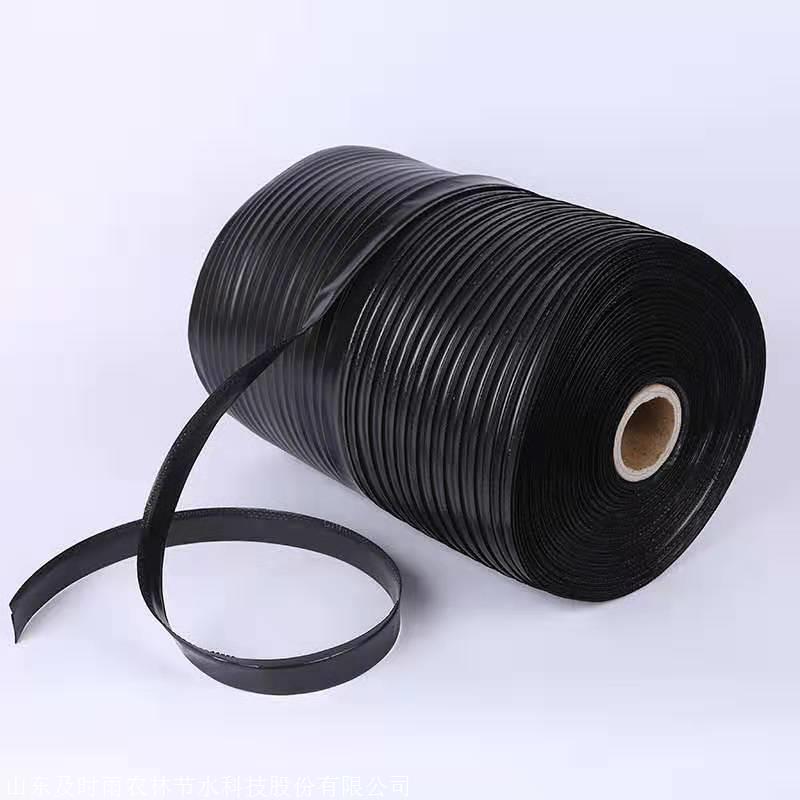Introduction:
In the world of water management, hoses play a crucial role. Among the diverse range of hoses available, PVC layflat hose stands out as a versatile and reliable solution for various applications. This article delves deeper into the characteristics, benefits, and uses of PVC layflat hose, empowering you to make informed decisions for your water transfer needs.
Unveiling the Structure and Composition:
PVC layflat hose, as the name suggests, lies flat when not in use, making it easy to store and transport. It is constructed from layers of polyvinyl chloride (PVC), a durable and cost-effective plastic material. The hose’s design incorporates reinforcement elements, such as polyester or nylon fibers, to enhance its strength and resistance to bursting.
Diving into the Advantages:
PVC layflat hose boasts a range of advantages that make it a compelling choice for water transfer:
- Lightweight and Flexible: The hose’s lightweight construction and flexibility facilitate easy handling and maneuvering, even in tight spaces.
- Durable and Robust: PVC’s inherent properties make the hose resistant to abrasion, chemicals, and weather conditions, ensuring longevity and reliability.
- Versatile and Adaptable: Available in various sizes and lengths, PVC layflat hose can be customized to suit specific requirements and applications.
- Cost-Effective and Efficient: Compared to traditional metal or rubber hoses, PVC layflat hose offers a more economical and practical solution.
- Easy to Maintain and Repair: The smooth surface of the hose minimizes the build-up of debris and simplifies cleaning, while repairs can be easily carried out using readily available materials.
Exploring the Applications:
PVC layflat hose finds application in a wide array of water transfer scenarios, including:
- Agriculture: Irrigation systems in farms and nurseries utilize PVC layflat hose to deliver water efficiently to crops, promoting optimal growth and yield.
- Construction: Dewatering and drainage operations at construction sites rely on PVC layflat hose to remove excess water effectively, ensuring a safe and efficient work environment.
- Mining: The hose plays a vital role in transporting water and slurry in mining operations, contributing to the smooth functioning of the extraction process.
- Industrial: Various industrial applications, such as manufacturing and processing plants, utilize PVC layflat hose for water transfer and cooling purposes.
- Firefighting: In emergency situations, PVC layflat hose serves as a critical tool for firefighters to deliver water to the scene of the fire, aiding in firefighting efforts.
Uncovering the Environmental Considerations:
PVC layflat hose, when manufactured responsibly and used sustainably, can offer environmental benefits. It is recyclable, contributing to a circular economy and reducing waste. Additionally, its lightweight nature and efficient water delivery capabilities help conserve water resources, a crucial consideration in a world facing water scarcity.
Conclusion:
PVC layflat hose emerges as a versatile and reliable water transfer solution, offering a multitude of advantages and applications. Its durability, flexibility, and cost-effectiveness make it a compelling choice for various industries and sectors. By understanding its characteristics and applications, you can harness the potential of PVC layflat hose to meet your water transfer requirements effectively and efficiently.



